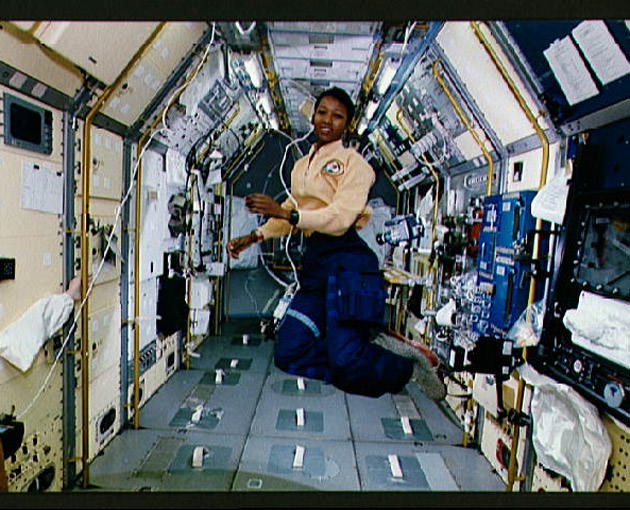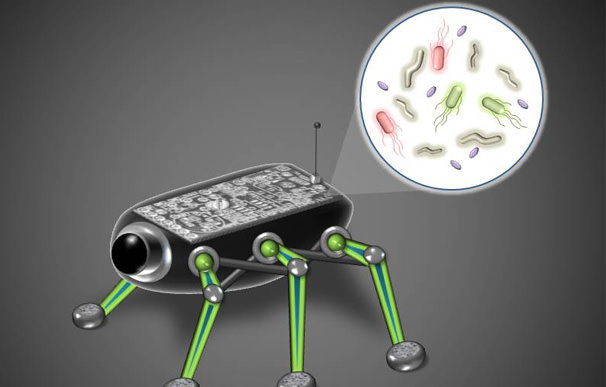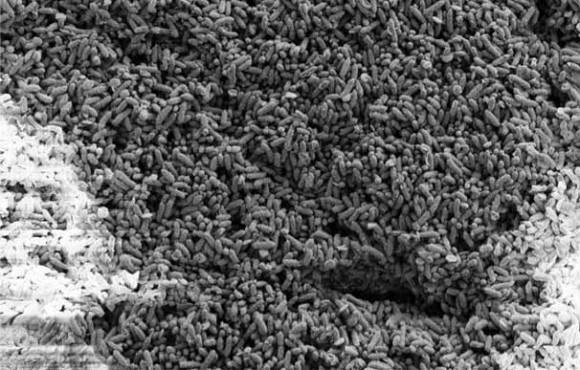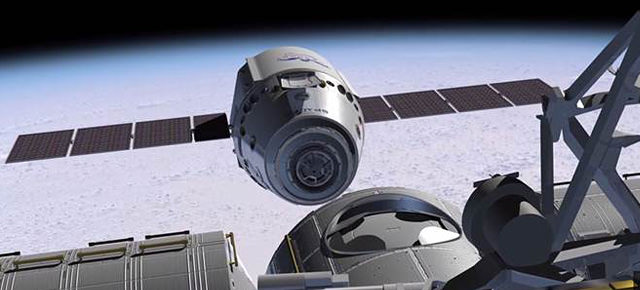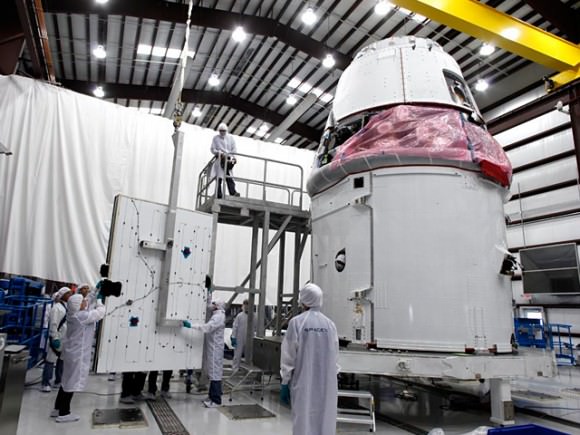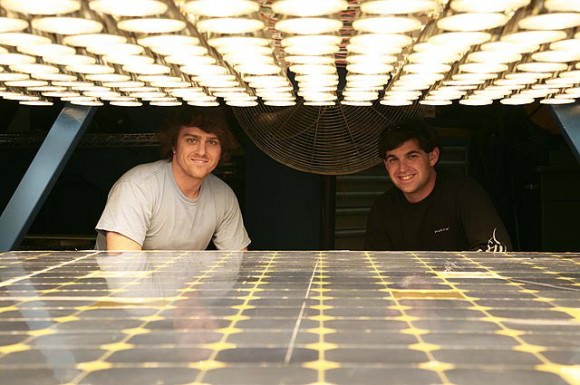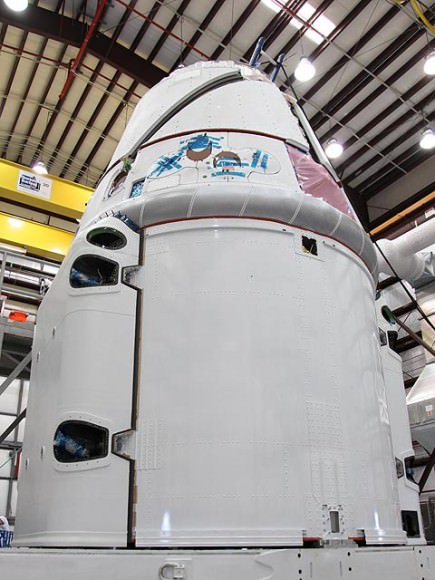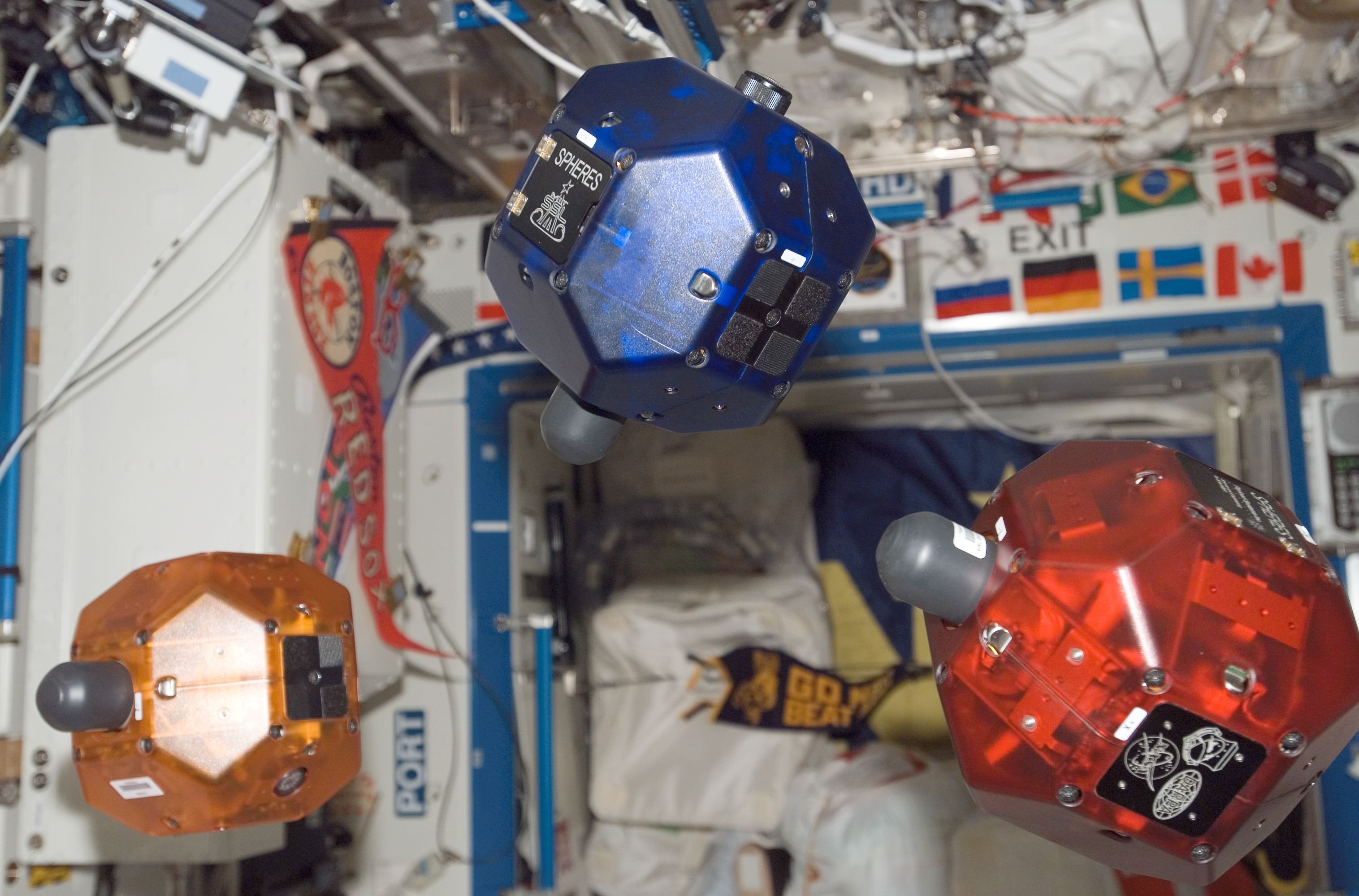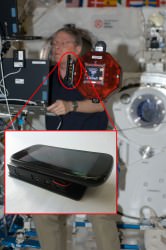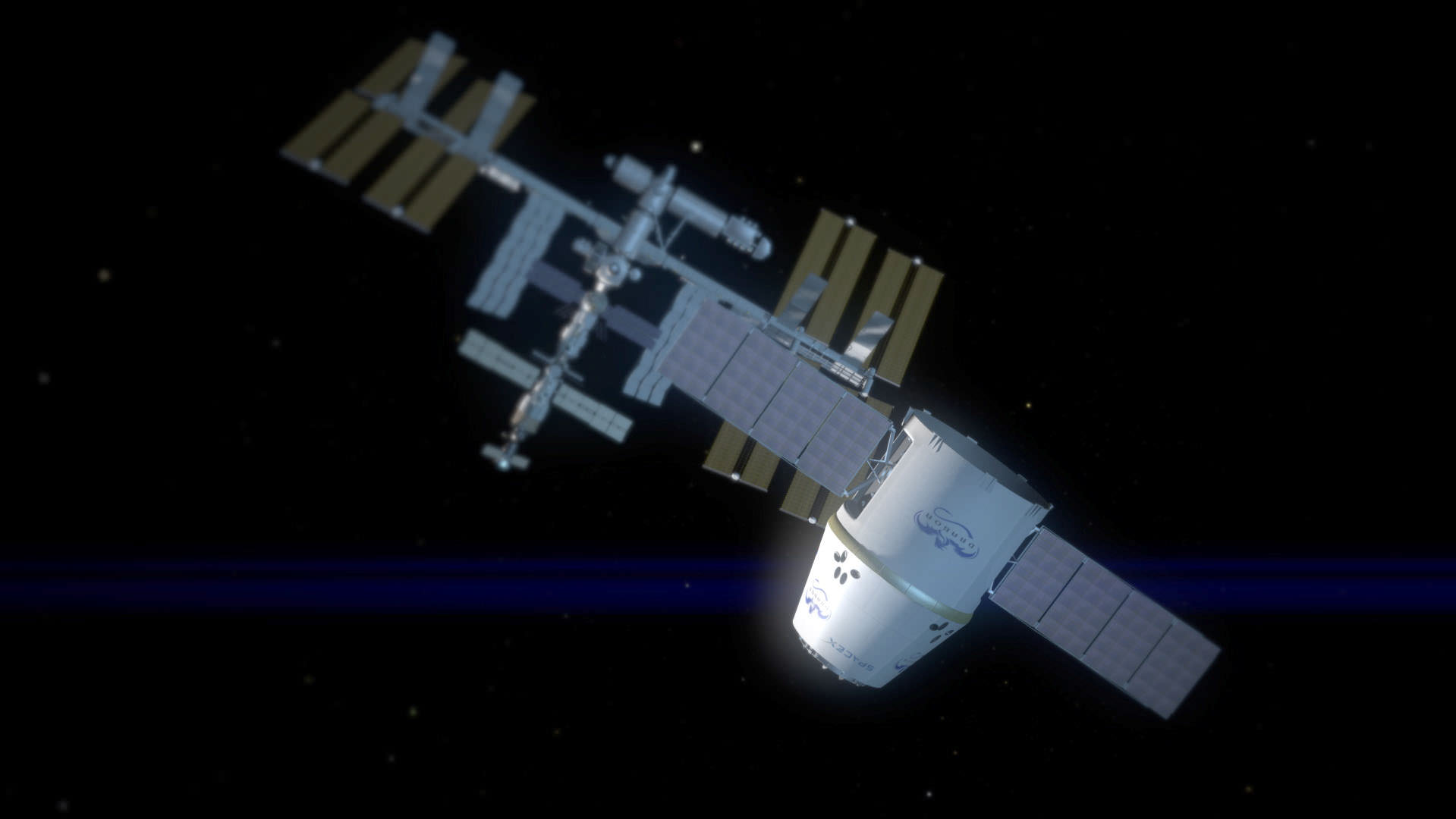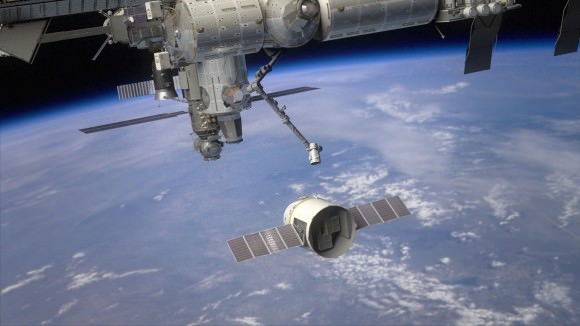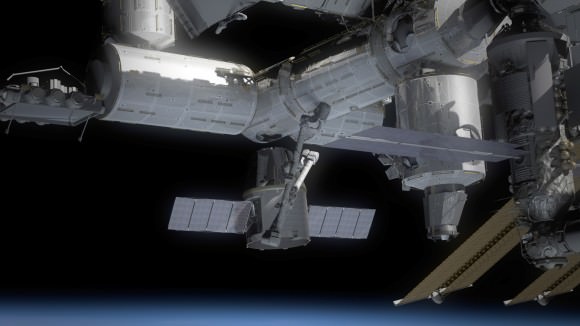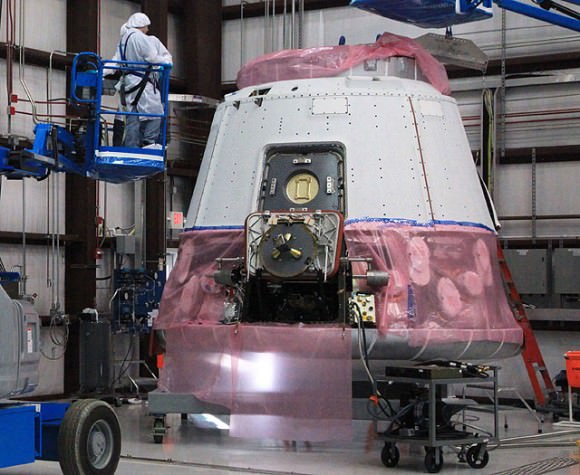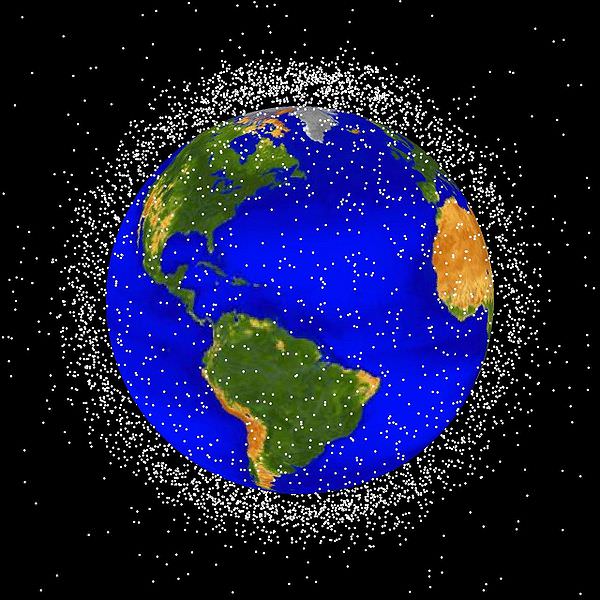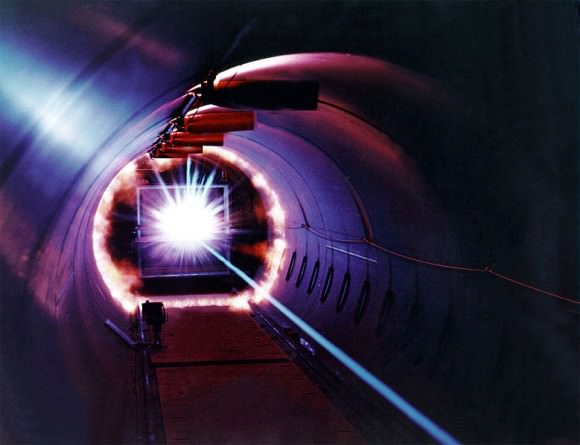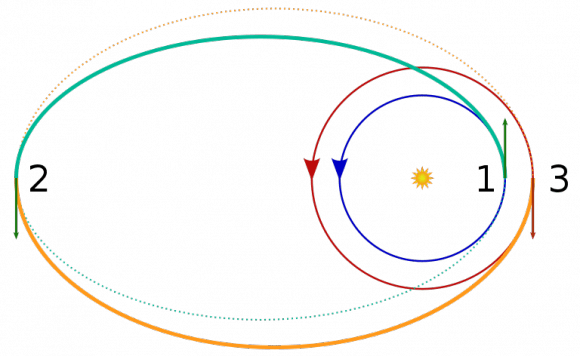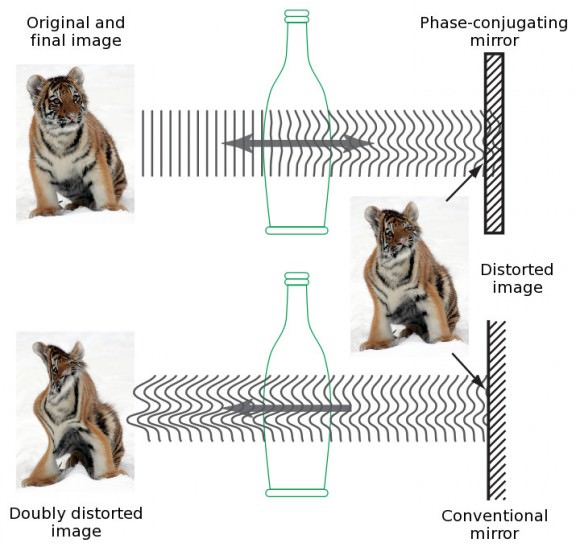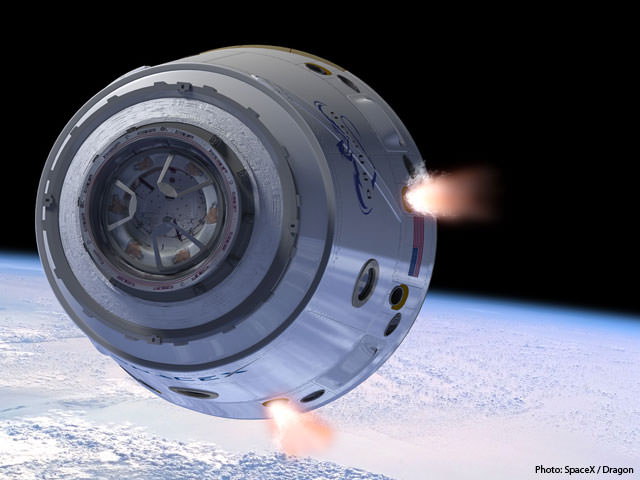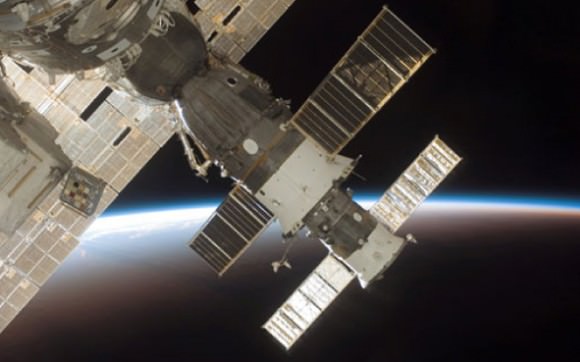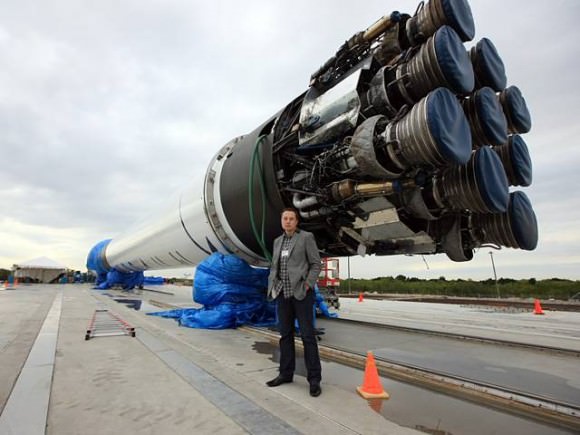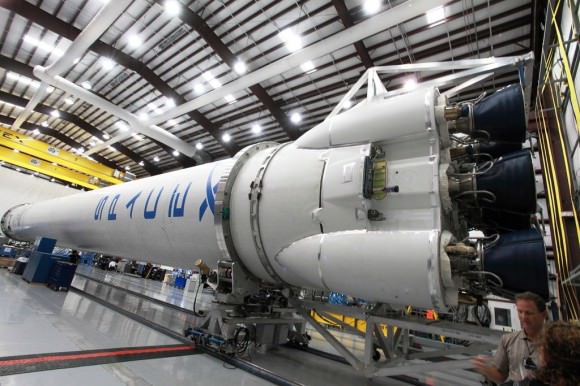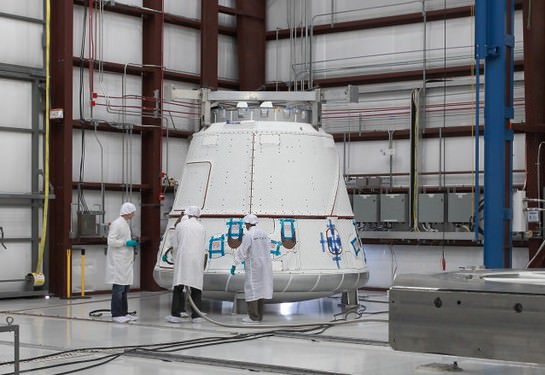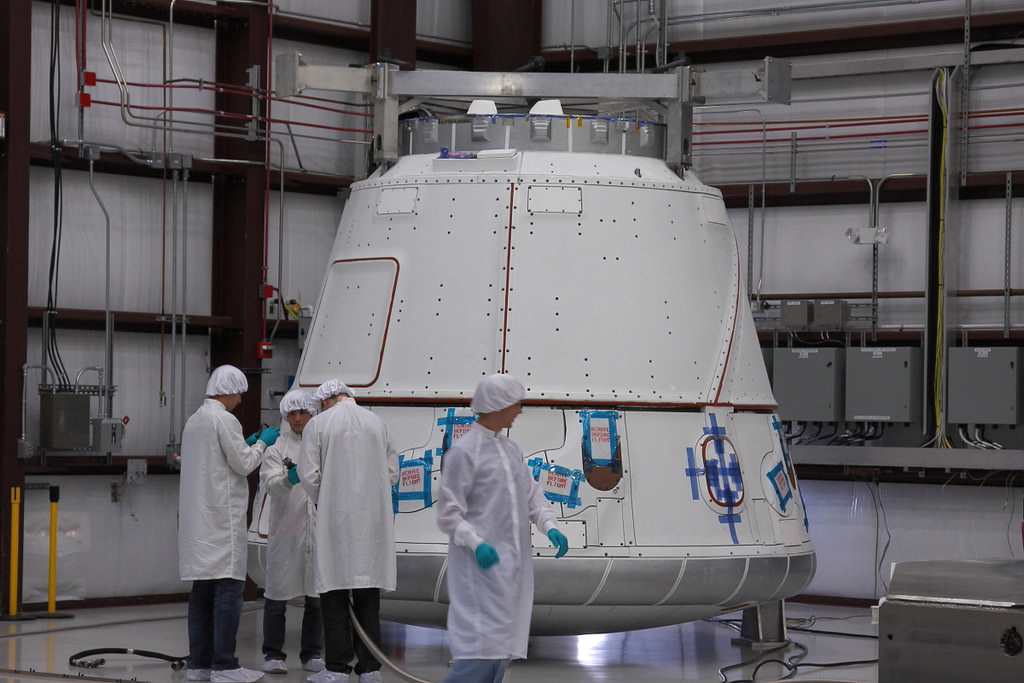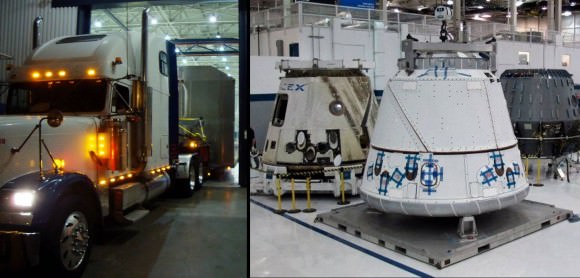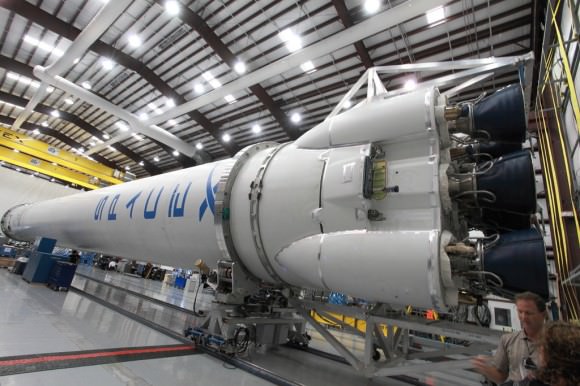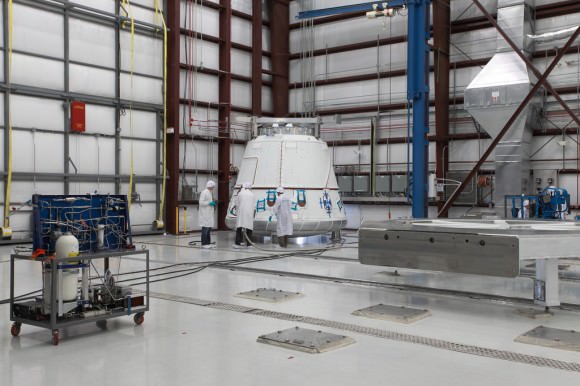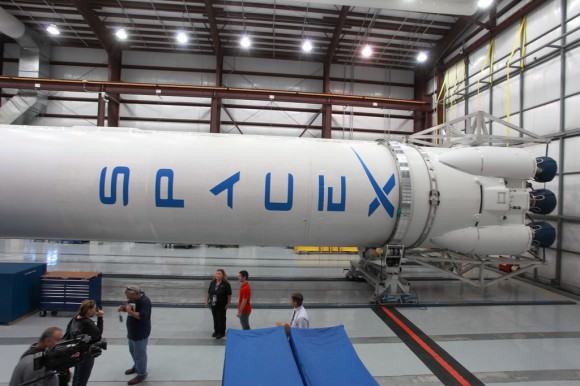[/caption]
You may have heard by now about the 100 Year Starship project, a new research initiative to develop the technology required to send a manned mission to another star. The project is jointly sponsored by NASA and the Defense Advanced Research Projects Agency (DARPA). It will take that long just to make such a trip feasible, hence the name. So we’re a long ways off from naming any crew members or a starship captain, but the project itself does have a new leader, a former astronaut.
Mae Jemison, a former Space Shuttle astronaut, has been appointed the position by DARPA. She was also the first African-American woman to go into space, in 1992. Her own non-profit educational organization, the Dorothy Jemison Foundation for Excellence (in honor of her late mother) was chosen to work with DARPA, receiving a $500,000 contract. That funding is just seed money, to start the process of developing the framework needed for such an ambitious undertaking. The focus at this point is to create a foundation that can last long enough to research the technology required, rather than the actual government-funded building of the spacecraft.
As stated by the proposal, the goal is to “develop a viable and sustainable non-governmental organization for persistent, long-term, private-sector investment into the myriad of disciplines needed to make long-distance space travel viable.”
From the project’s mission statement:
The 100 Year Starship™ (100YSS™) study is an effort seeded by DARPA to develop a viable and sustainable model for persistent, long-term, private-sector investment into the myriad of disciplines needed to make long-distance space travel practicable and feasible.
The genesis of this study is to foster a rebirth of a sense of wonder among students, academia, industry, researchers and the general population to consider “why not” and to encourage them to tackle whole new classes of research and development related to all the issues surrounding long duration, long distance spaceflight.
DARPA contends that the useful, unanticipated consequences of such research will have benefit to the Department of Defense and to NASA, as well as the private and commercial sector.
This endeavor will require an understanding of questions such as: how do organizations evolve and maintain focus and momentum for 100 years or more; what models have supported long-term technology development; what resources and financial structures have initiated and sustained prior settlements of “new worlds?”
With today’s technology, it would take about 100,000 years to reach just the nearest star, Alpha Centauri. That time would hopefully be reduced significantly with the development of new, faster propulsion methods.
The dream of travelling to the stars may still be a long ways off in the future before becoming reality, but we are getting closer. Ad astra!
More information about the 100 Year Starship project is here.

